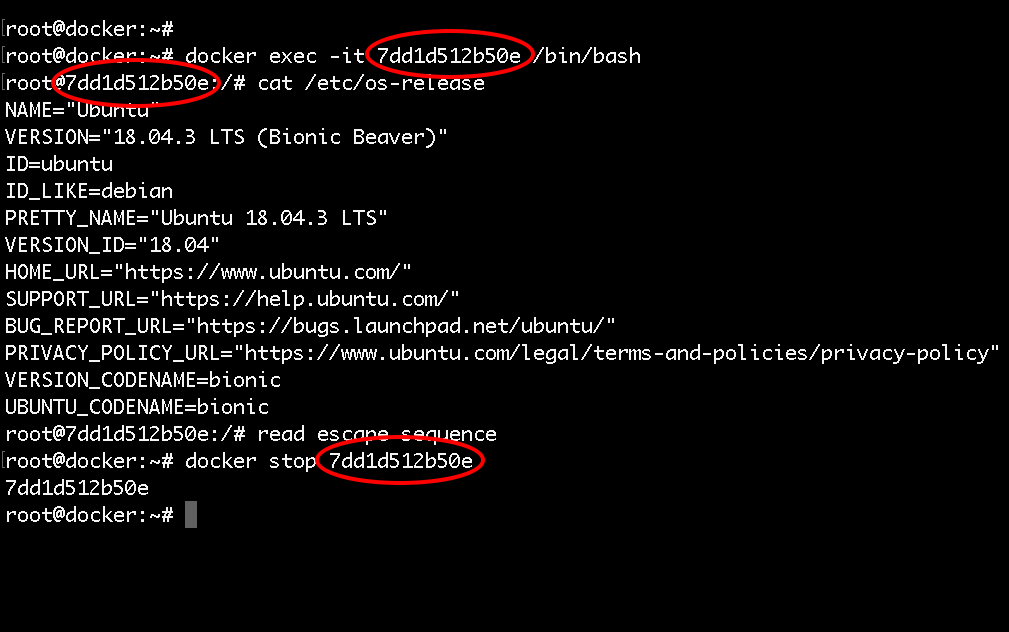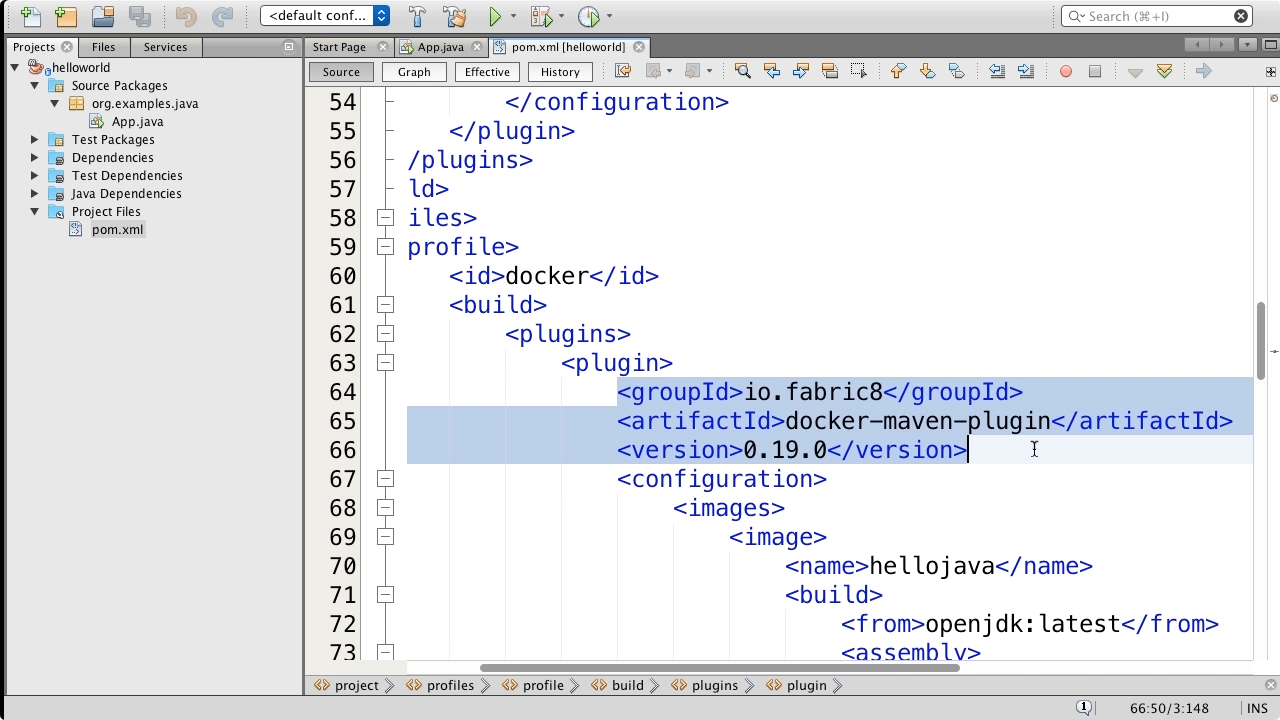

Source: buddy.worksĪs an example, we will create a directory named mydockerimages with the command: You can build your image without any need for airflow sources. Here is the output of the first command: The first thing you need to do is to create a directory in which you can store all the docker images you build. You can list the running containers by executing docker ps command. Path refers to the directory containing the dockerfile. Docker will search for a file named dockerfile within the directory you will build the image. Source: codefresh.ioĪrgument simply tells the docker daemon to build the image from the files and folders in the current working directory. Let’s build our images for the ui and services projects now. Source: Let’s proceed to tag the docker image we just built. This method allows the users to build their own docker images.

On executing the image build command, the docker first sends the build context to the daemon which checks whether the base image is already present in the host or not.
DOCKER RUN IMAGE WITH IMAGE ID HOW TO
Source: In this blog post, you’ll learn how to use google cloud build to build a docker image using a build configuration file.

In the example above, we built the image from within the same directory as the dockerfile and the context, as the. Source: Ĭreate the dockerfile create a file named dockerfile (txt but without.txt in. Source: Īrgument simply tells the docker daemon to build the image from the files and folders in the current working directory. (note the dot at the end of the command.) Source: Docker will search for a file named dockerfile within the directory you will build the image. The docker executor gives you two possible strategies for building your image: Source: unugtp.isĭir − the directory where the. You can also make it an alias if you like. Source: As an example, we will create a directory named mydockerimages with the command: You then use the official docker container image as your job’s image, making the docker command available in your ci script. If yes, it does not pull a new copy of the image from dockerhub, if no, it first pulls the image from dockerhub and executes the rest of the instructions on top of it. Using docker tag, we can name the image we just created. Source: Docker build let’s learn more about this command. Build the new image using the command docker build. Source: Build and run the docker image by executing the following command in the project directory. We need the image id for the command, so given that the image id listed above is f7a677e35ee8, our command will be: Format the output of the ‘docker image list’ command. How to Create Custom Docker Image With Dockerfile from Imagename − this is the name you want to give to your image.


 0 kommentar(er)
0 kommentar(er)
